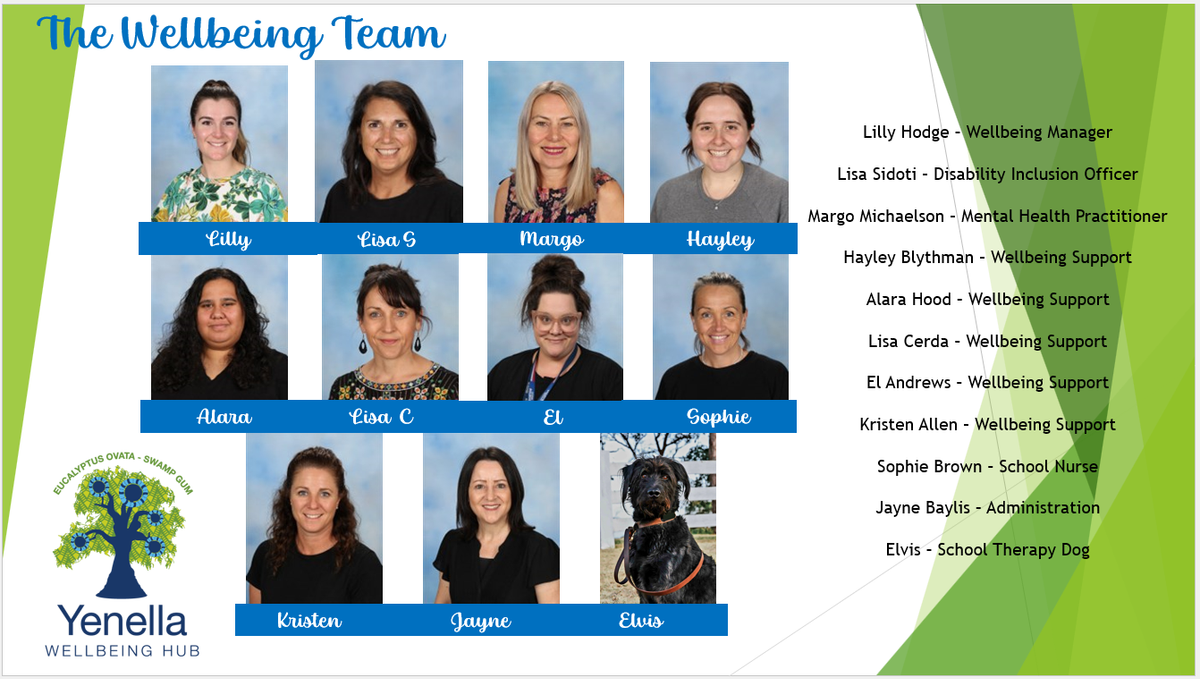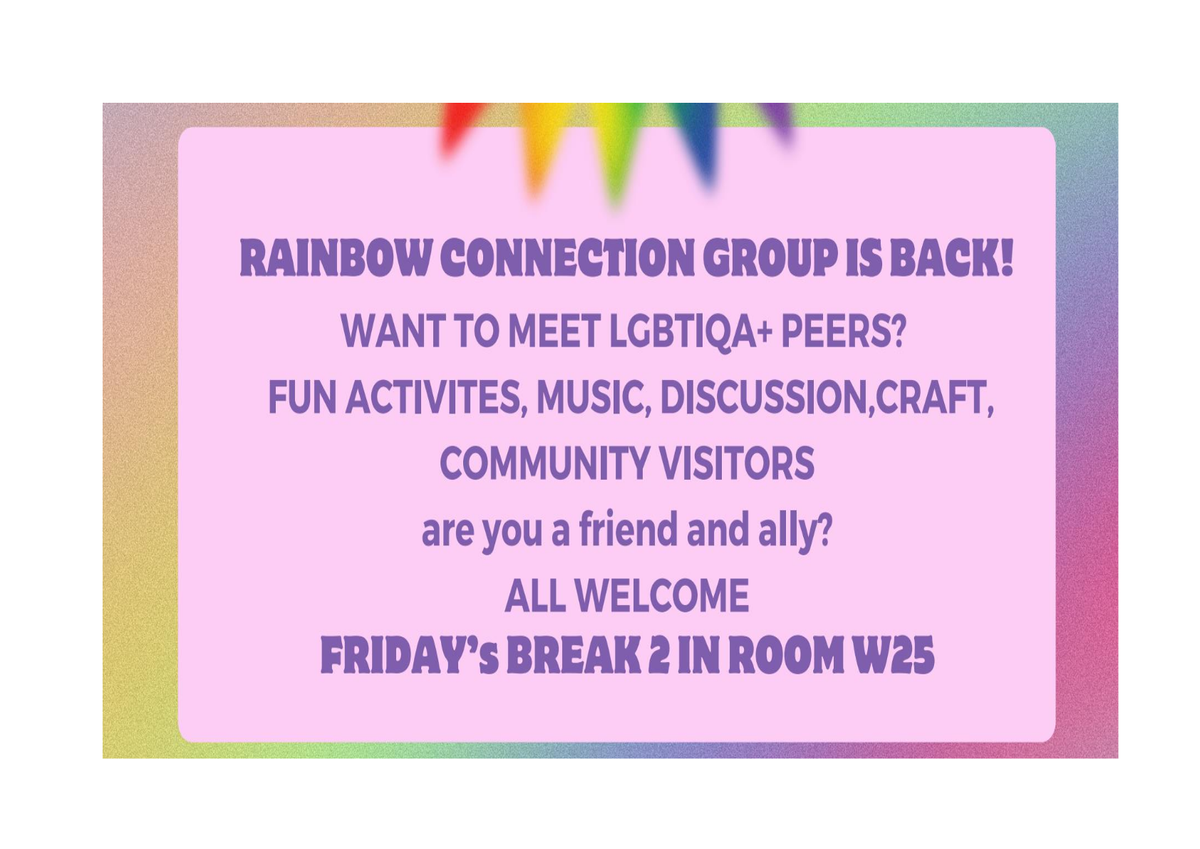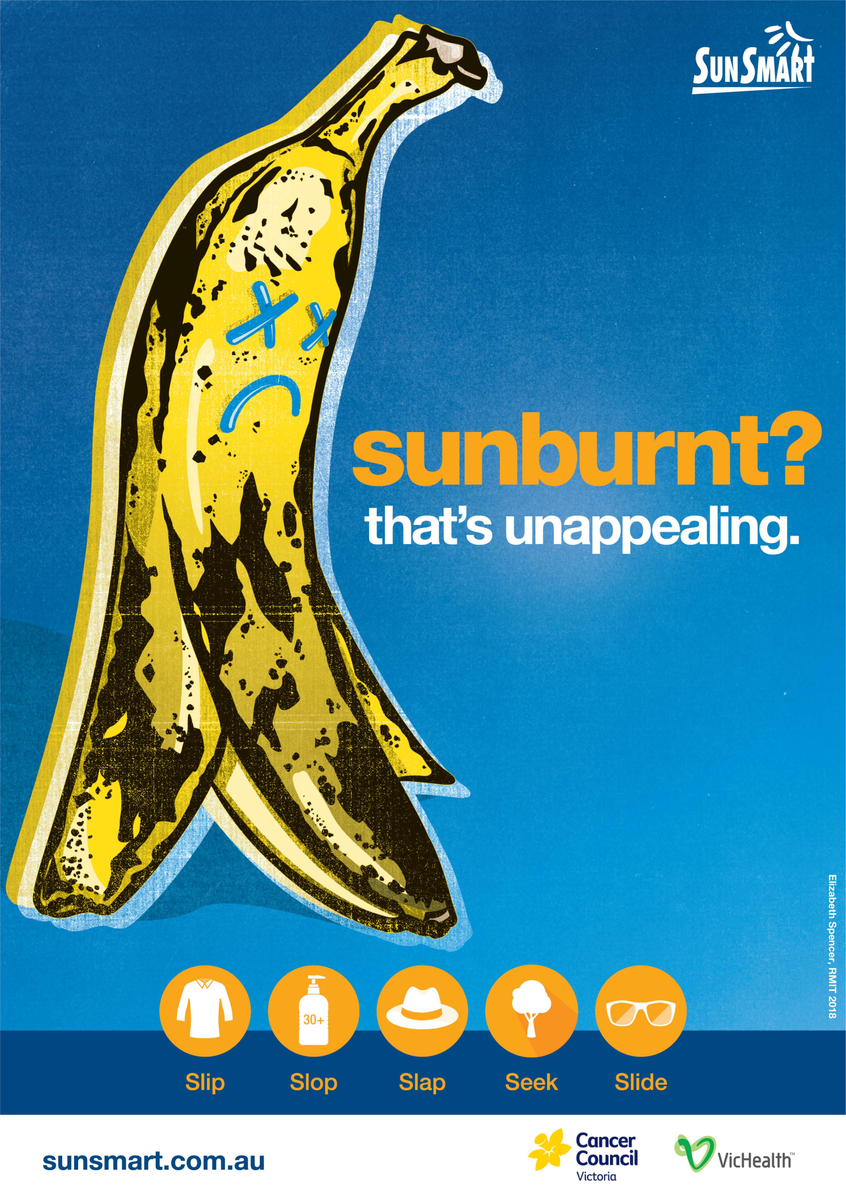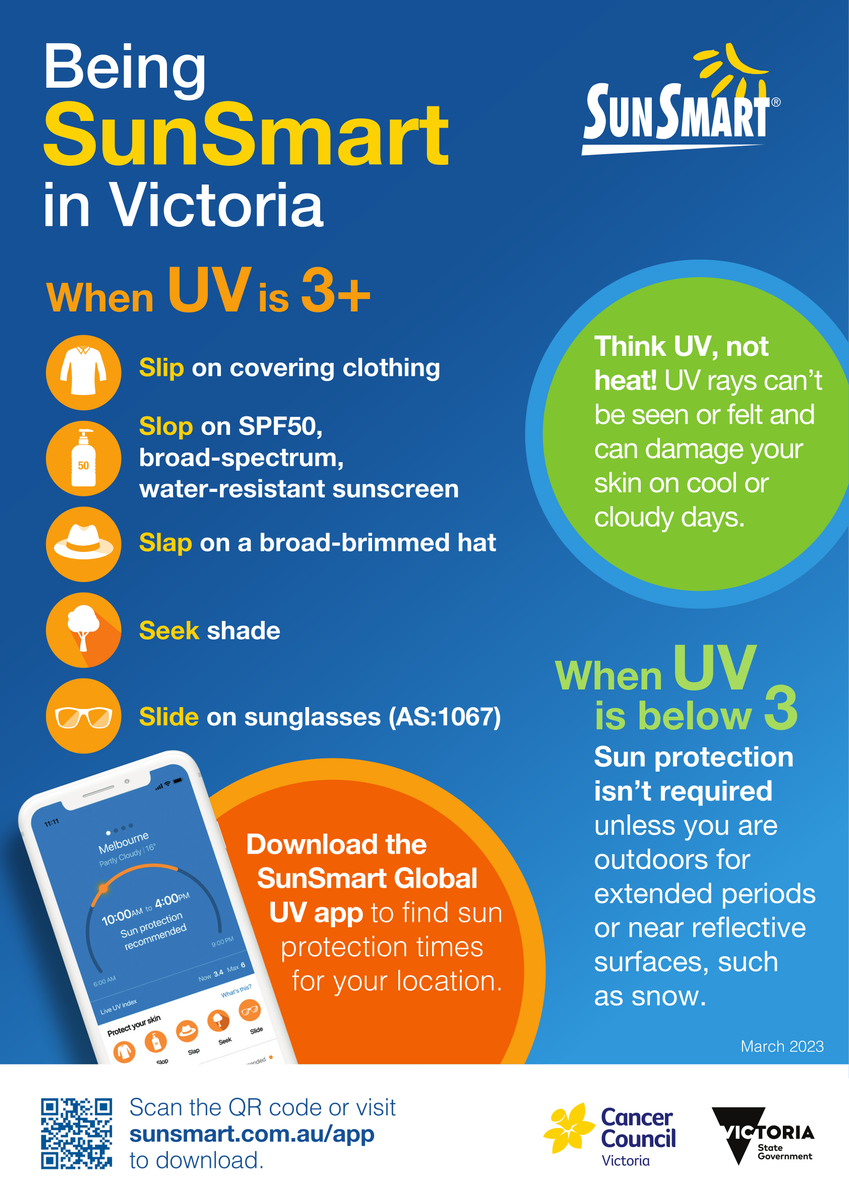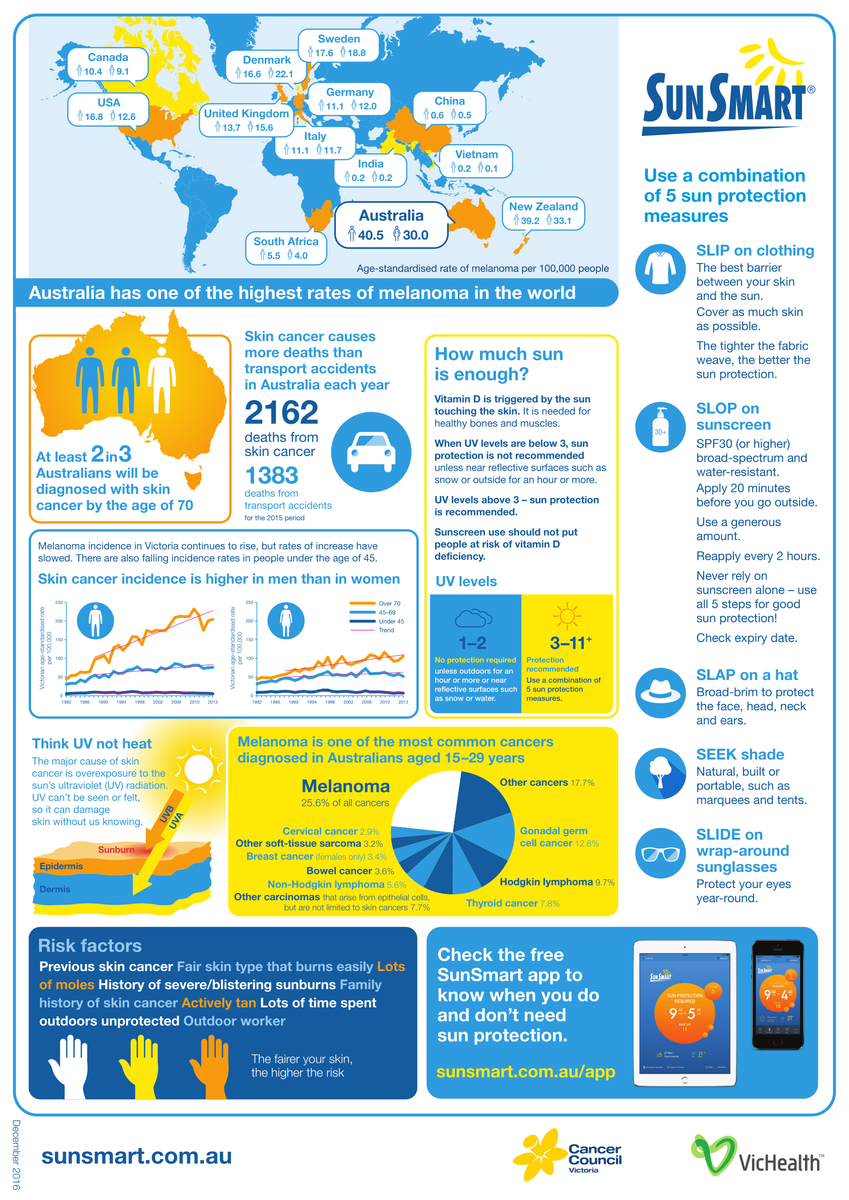Wellbeing
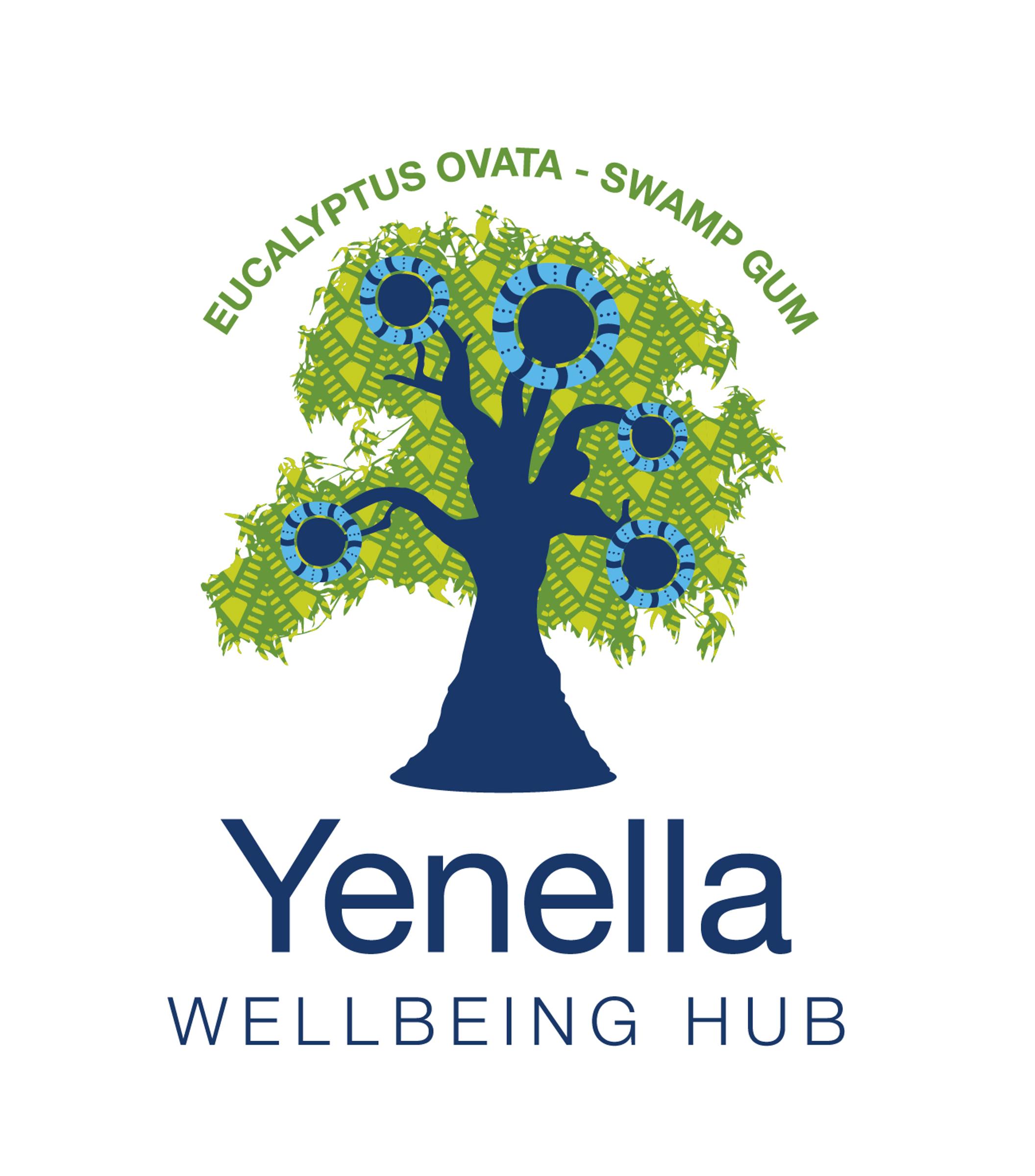
SOCIAL MEDIA SAFETY
Parents and carers play an important role in supporting their children to be safe online and on social media. You can help your children safely navigate their digital world and educate them to avoid harmful online experiences. You can explore websites, games, apps and social media together and set some rules and boundaries. Your support and guidance can give your children the knowledge to make sound decisions online and confidence to ask for help when they need it. It is also important to stay informed about online safety.
The Department of Education recognises this important issue and has developed fact sheets about supports to help keep students safe online and what to do if they are involved in an online incident. The fact sheets contain links to evidence-based information on supporting positive and safe online experiences, signs a child or young person might need support, what to do if something unsafe happens online, and where to reach out to for more support. To access the fact sheets, refer to the Safe Socials webpage. The fact sheets are available in 19 community languages.
The government is also launching public consultation on age limits for social media. You and your children can share your experiences to inform proposed changes via an online survey, before 5 pm on Friday 1 November 2024. For more information on the survey and to take part, refer to Proposed changes to social media age limits on the Engage Victoria website.
If you have any queries about this information, you can contact the department by email: bullystoppers@education.vic.gov.au
MORE RESOURCES:
A Parents’ Guide to Supporting Family Online Safety - Culture Reframed
Parents of Tweens | Culture Reframed Parents Program
Parents of Teens | Culture Reframed Parents Program
Promoting Digital Wellness - Culture Reframed
Culture-Reframed-Harms-of-Pornography-07-2024-12.pdf (culturereframed.org)
Stay up-to-date with social media | Social media and teenagers (reachout.com)
With the weather beginning to warm up, it’s time to start thinking about protecting ourselves from the harsh dangers of the sun. Although we do need to be extra careful during the warmer months, daily ultraviolet (UV) radiation levels exist every single day so sun protection should form part of your daily routine all year round.
Students are usually at school when daily ultraviolet (UV) radiation levels are at their peak which leaves students exposed to the sun in between sessions and especially during break times. Ultraviolet (UV) radiation damage accumulated during childhood and adolescence is strongly associated with an increased risk of skin cancer later in life. Australia has one of the highest rates of skin cancer in the world, with two in three Australians developing some form of skin cancer before age 70. The good news is that skin cancer is almost entirely preventable with good UV protection. Here are five effective ways to protect yourself:
SLIP on sun smart clothing. If you can see skin, UV can get in and cause damage.
SLOP on SPF50 or higher sunscreen 20 minutes before heading outside .. apply more than you think. try to find water-resistant creams that won’t wash off if you’re involved in any water activities and note that sunscreen past its expiry date may not be effective.
SLAP on a sun smart hat. Protect your skin and eyes from the sun’s harmful UV by wearing a wide brim hat. Caps and visors leave large parts of your face, neck and ears exposed to UV radiation. Although BSC does not allow hats to be worn during class time, students can pop them on during the breaks and are free to wear them outside of school hours.
SEEK shade. Sitting under a tree, finding an umbrella or shade structure is a great way to protect your skin from UV. It’s worth noting that UV can also reflect from surfaces around you, like water, sand or concrete.
SLIDE on sunglasses. UV radiation is harmful for your skin and your eyes. Protect your eyes by wearing sunglasses that are labelled with UV protection and are large enough to cover your eyes fully and provide sun protection from all angles.
UV RADIATION
In Australia, we’re exposed to some of the harshest and most dangerous levels of ultraviolet (UV) radiation in the world. UV is a type of energy produced by the sun and can’t be seen or felt. That’s why it’s important to have technology to help us monitor and communicate the level of UV radiation from the sun at all times. The SunSmart Global UV app puts sun protection advice at your fingertips, so you know when UV levels can damage your skin leading to skin cancer – wherever you are in the world. When the index hits 3, cover up from UV.
SunSmart Global UV app - SunSmart

